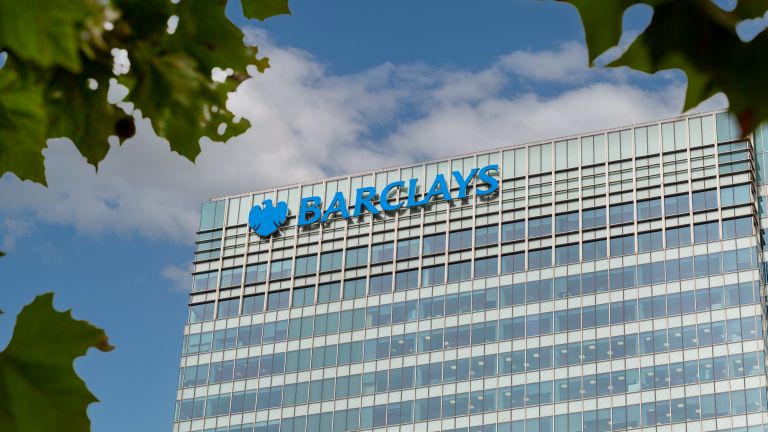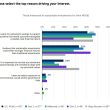Barclays generated £500 million ($666.2 million) in revenue from sustainable and low-carbon transition finance in 2024 and plans to broaden its climate engagement with clients.
Despite mounting political resistance to climate-related finance initiatives in the United States, the British lender reaffirmed its commitment to achieving net-zero emissions by 2050. However, it acknowledged that the pace of transition in the real economy is increasingly challenged by inconsistent policy approaches, ongoing reliance on fossil fuels in many regions, and other structural hurdles.
In its first major strategy update since 2020, Daniel Hanna, Group Head of Sustainable and Transition Finance at Barclays, said the bank remains firmly committed to climate transition efforts, citing both client demand and commercial returns.
“This is something we’re doing not only because it matters to our clients, but also because it presents a clear opportunity we are well positioned to capitalise on—for our shareholders and as a risk to manage,” Hanna said.
He noted that sustainable lending products have delivered above-average returns and positioned the bank as a key player in the evolving green finance landscape.
Barclays reported a 23% year-on-year increase in profits for the first half of 2024, surpassing market expectations, with investment banking being the primary driver of growth.
The bank has pledged to facilitate $1 trillion in sustainable and transition finance by 2030 and has already channelled more than $250 billion into these areas since 2020. In addition, Barclays has committed £239 million in equity funding to support emerging climate technologies crucial to meeting global emissions targets.
“There’s a huge opportunity to scale climate tech,” Hanna said. “It’s a source of new growth, job creation, and innovation, but also comes with significant challenges.”
Looking ahead, Barclays will expand the scope of its climate transition framework to include publicly listed companies in the commercial real estate and mining sectors. The bank also intends to integrate broader environmental and social considerations into its approach.
The transition framework helps Barclays assess clients’ plans for decarbonisation and enables the bank to offer tailored financing and strategic advice. “It is both an engagement tool and a method to identify opportunities and evaluate how our portfolios are evolving,” Hanna said. “Over the past few years, we’ve significantly deepened our understanding of the transition.”





















